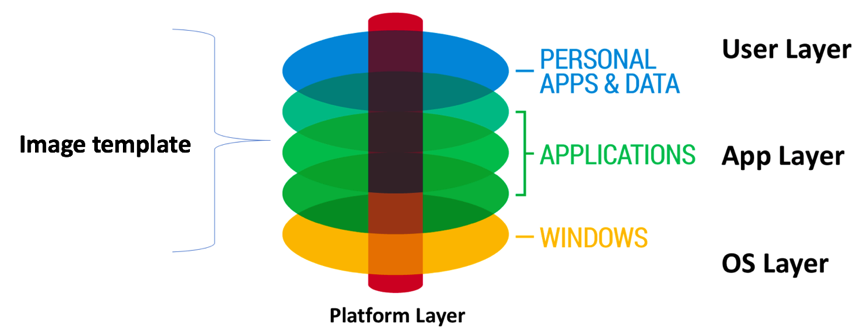Our category consultant (Application Layering / Application Virtualization) Rory Monaghan, has recently updated the application layering matrix and highlights various new features for the published solution.
Cloud Integration, SMB Caching, User Layers
Liquidware added new capabilities around FlexApp cloud caching (including SMBs caching). The cloud storage support that was added in the last update to the Matrix has also been enhanced, such as the ability to DR to multiple cloud vendors including Amazon S3, Google, and Microsoft Azure.
VMware App Volumes introduces many fixed in the last couple of versions but by far the biggest facet to the product with v2.15 is the VMware Cloud on AWS support.
Citrix App Layering has introduced User Layers for the Desktop OS and has had significant performance improvements for various different support hypervisors.

Hybrid Use Cases
The use cases for application layering differ across organizations but the main ones are stopping image sprawl and delivering applications in a hybrid desktop world. Windows desktop delivery strategies are more diverse than ever – physical, virtual, cloud, DaaS. With new market entrants such as Microsoft Windows Virtual Desktops, a hybrid desktop approach has become the standard for most organizations.
But with that hybridity comes challenges, such as how are applications installed, managed and delivered to users? What about platform and application compatibility and/or application performance? Are multiple Windows OS version accounted for or do you need to repackage applications for every variance? Application layering can solve many of these issues by delivering apps “just-in-time” and reducing the size (and management overhead) of gold images.
Application Layering – Compatibility Benefits
So, take a look at the updated Application Layering comparison and explore how these technologies might fit into your overall desktop/application delivery strategy and what product suite is the best one for your needs!
For more information around Application Virtualization, visit the independent comparison, see related articles and don’t forget to visit rorymon.com.
Jane Rimmer, WhatMatrix Community Board (Rimmergram.com)


Latest posts by Community Author (see all)
- WhatMatrix Q&A with Citrix– Virtual Desktop, DaaS, VDI and WVD - July 5, 2020
- We hope you are well – help for vendors – free lead generation - March 27, 2020
- Landscape Report Guidance: Cloud Management Platforms - February 5, 2020





